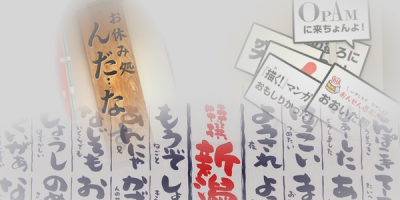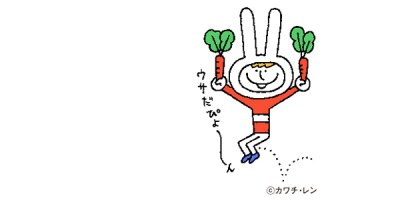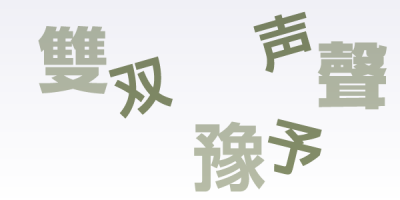
I’ve written quite a bit.
So, I have decided to adopt a “senior citizen” character to take a look back at the past.(1) Looking back is something “senior citizens” often do. So using a “senior citizen” character, who specializes in reminiscing fondly about the old days, to reminisce is a fine “play” technique that was also used by Osamu Dazai (see parts 10 and 11).
Besides, of course, the phrase “moo aki ja noo” (part 36) that a “senior citizen” might say to himself, we looked at a “ta” that appeared to be universally usable, but turned out to be the language of a specific character (parts 28 and 29). We saw that character is deeply connected with language, be it Tokyo dialect, Kansai dialect, Japanese or English (part 15).
And it doesn’t end with “language.” Character is also connected with intonation in expressions of surprise and refusal (parts 26 and 32). There’s more. We saw the behavior of “people of authority” as illustrated in the interrupt-and-elongate style of stuttering (“sumai no tame no, ooo gensoku” part 30), and the manner of sucking air through one’s teeth, which is an “adult” behavior (part 31). Such behaviors can, in a broad sense, be included in “language.”
And we shouldn’t forget about “gestures.” We looked at a number of these. For example, Mrs. Niu, whose way of using her eyes, curving her lips, and smoking her cigarettes, gave her a sleazy “Tokyo native” character (part 15), the one-handed vertical wave used by “adults” (part 32), the floppy version of this wave used by “young ladies” (part 33), and the tea-drinking habits of the “adult woman,” “shifty person,” and “honest person” (part 38).
There was also the “A-posture” used by the “middle-aged man” (part 34). The “body” too has complex connections with character (part 13).
Thus, in things related to character, we can discover many things, from general human behavior to posture and the physical body. We truly looked at a lot of topics.
There’s more?!
Yes, there’s more. (We’ve now come to the point where we can no longer say we’re “reminiscing fondly,” and put an end to my “senior citizen” character.)
Perhaps as a result of being connected to human behavior, characters are also connected to “traces” of behavior. For example words are the trace left by the behavior of “writing.” This is why in writing there is an expectation of and respect for the dilution of intention, to which aesthetics work in opposition in avoidance of blatant “purposefulness.”
“No, it’s not that this calligraphy is bad,” Eiji said forcefully. “I used to think that too. Until pretty recently I thought this calligraphy was completely awful. But when I looked really closely, I noticed it wasn’t bad at all… in fact, it’s great.”
The owner of the scroll mounting shop went on at great length about not trying to produce good writing when doing calligraphy. If you try to write skillfully, you end up creating a lie; the calligraphy should express the essence of the person. No matter how well executed, calligraphy wasn’t calligraphy unless it expressed the essence of the person. The owner was always saying that skill or lack thereof wasn’t the problem; you just had to write with honesty, without deceiving yourself.[YAMAMOTO Shugoro(2), Sabu 1963]
That is to say, calligraphy reflects the character of the calligrapher and gains personality only when the calligrapher abandons the intention to “produce good calligraphy.” This “theory of calligraphy” is not found just in fiction.
In any case, unlike style, character is something that must not be intentionally controlled.
* * *









(1) In Japanese, this essay was written in the “senior citizen” dialect described in part 10 of this series, although this is hard to express in translation.
(2) 1903–1967 Alias used by the novelist Satomu Shimizu.